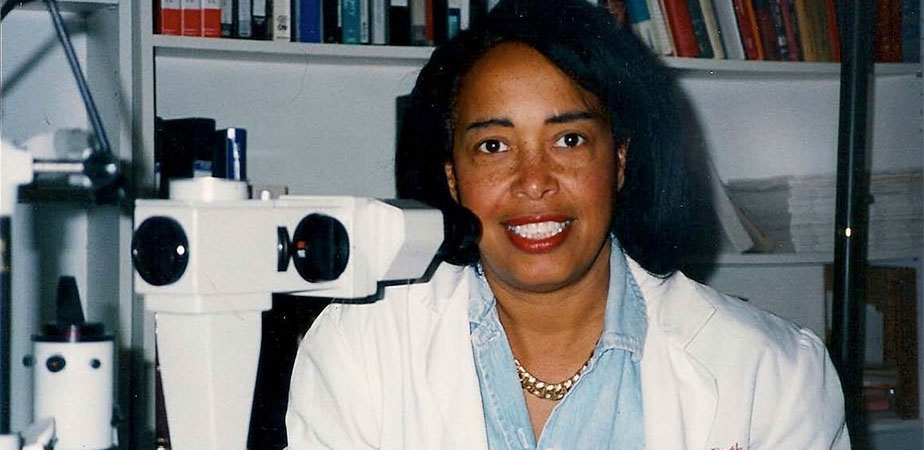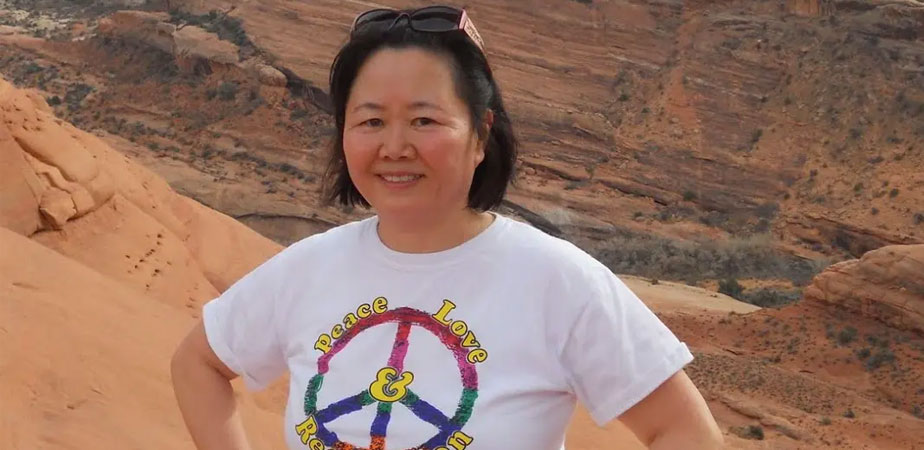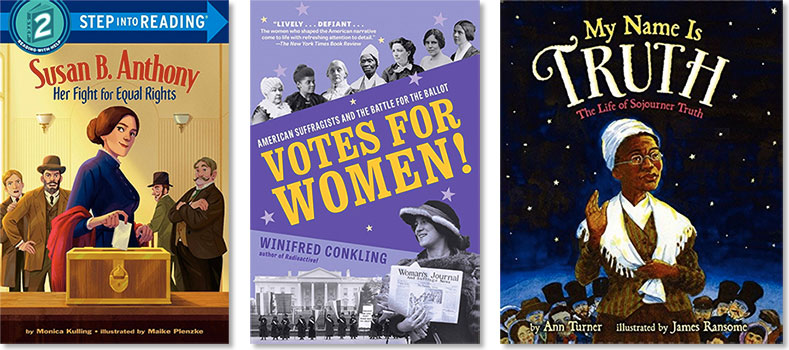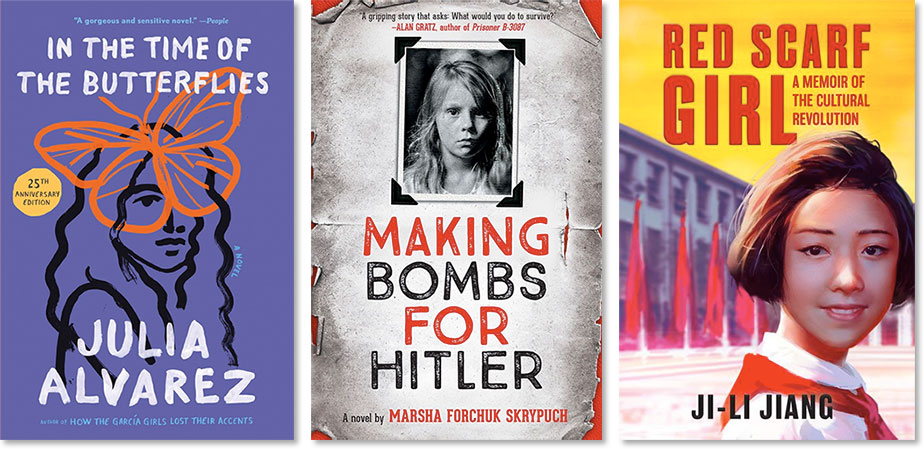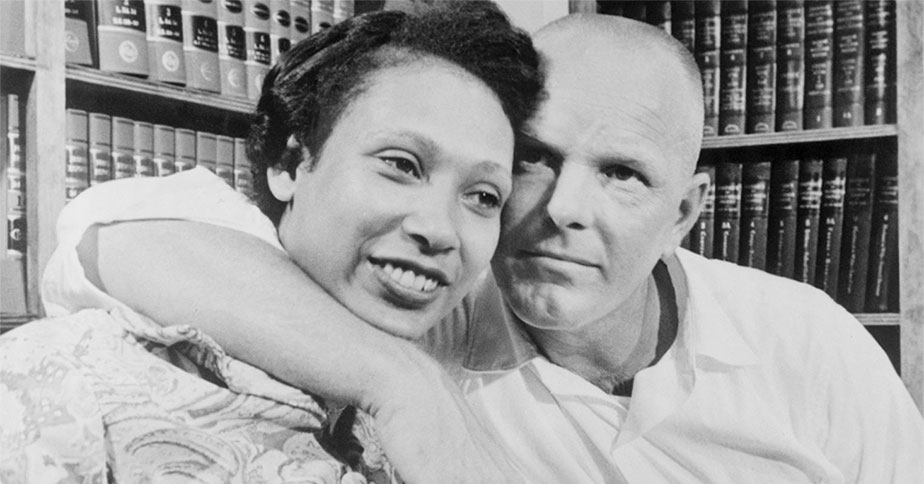The social reformer's 40-year campaign sought to end the abuse of people with mental illness that she found "chained, naked, beaten with rods, and lashed into obedience."
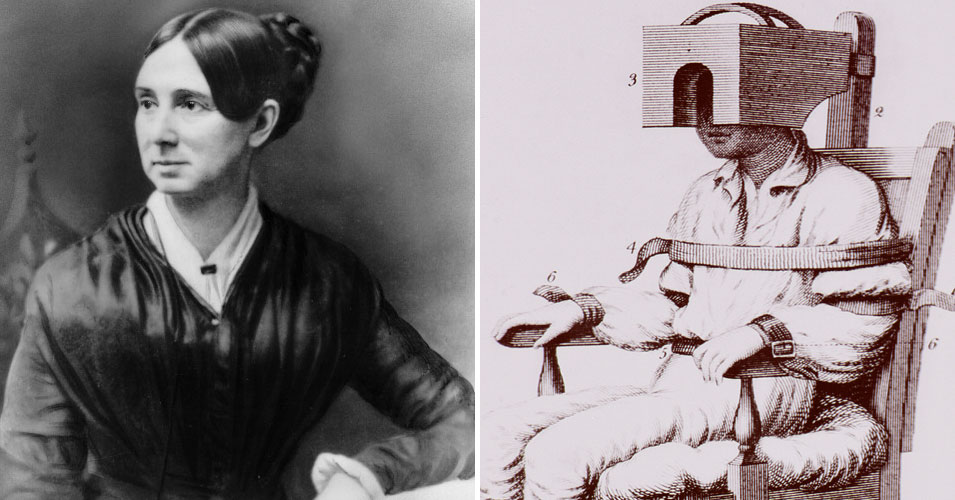 At a time when people with mental illness were often abused and kept in inhumane conditions, Dorothea Dix's 40-year-long crusade for the reform of mental asylums in the US, Canada, and Europe made her renowned worldwide as a beacon of compassion and advocate for the voiceless. To transform the care of the mentally ill, the American social reformer had to first confront the attitude that nothing could be done to help people with mental illness and that such brutal treatment was the only option available. "They say, 'nothing can be done here!'" Dix once declared. "I reply, 'I know no such word in the vocabulary I adopt!'" Continue reading Continue reading
At a time when people with mental illness were often abused and kept in inhumane conditions, Dorothea Dix's 40-year-long crusade for the reform of mental asylums in the US, Canada, and Europe made her renowned worldwide as a beacon of compassion and advocate for the voiceless. To transform the care of the mentally ill, the American social reformer had to first confront the attitude that nothing could be done to help people with mental illness and that such brutal treatment was the only option available. "They say, 'nothing can be done here!'" Dix once declared. "I reply, 'I know no such word in the vocabulary I adopt!'" Continue reading Continue reading









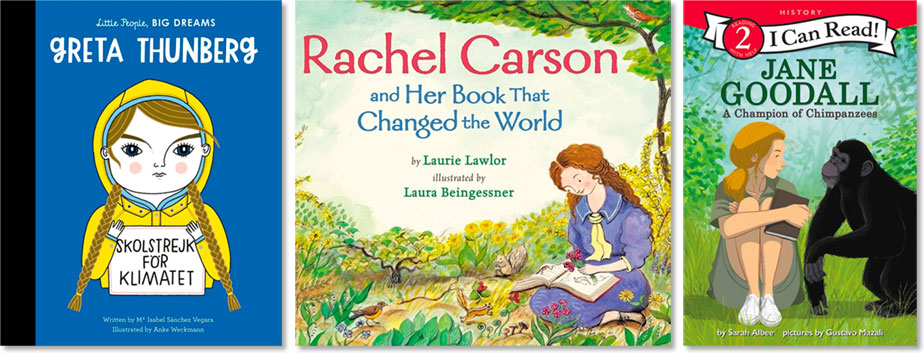
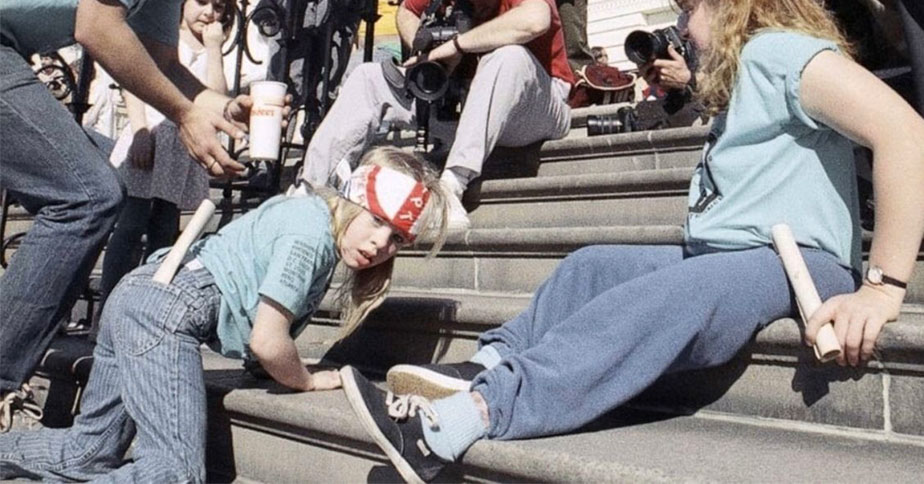
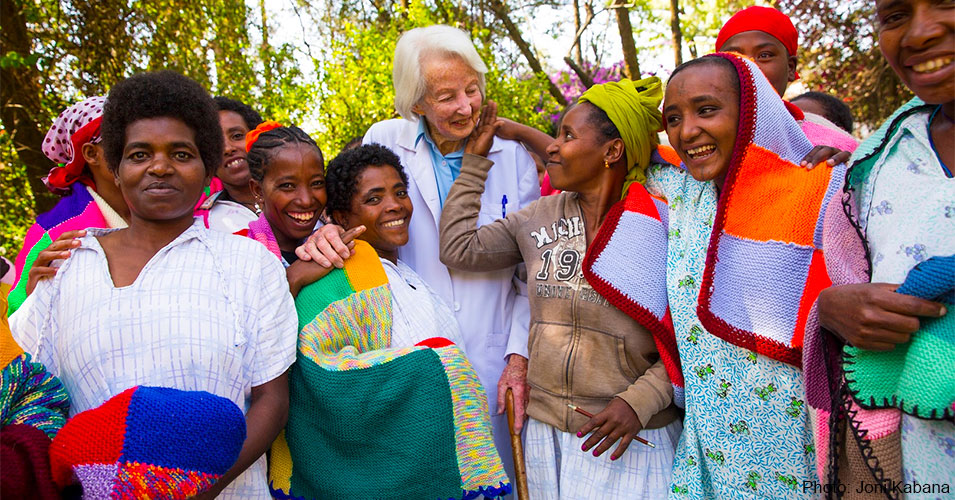
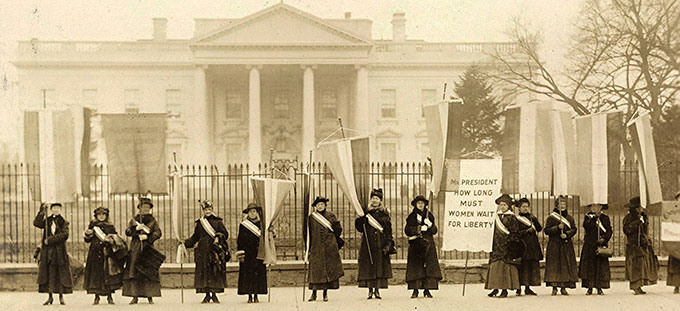 The Silent Sentinels picketing the White House in 1917.
The Silent Sentinels picketing the White House in 1917.